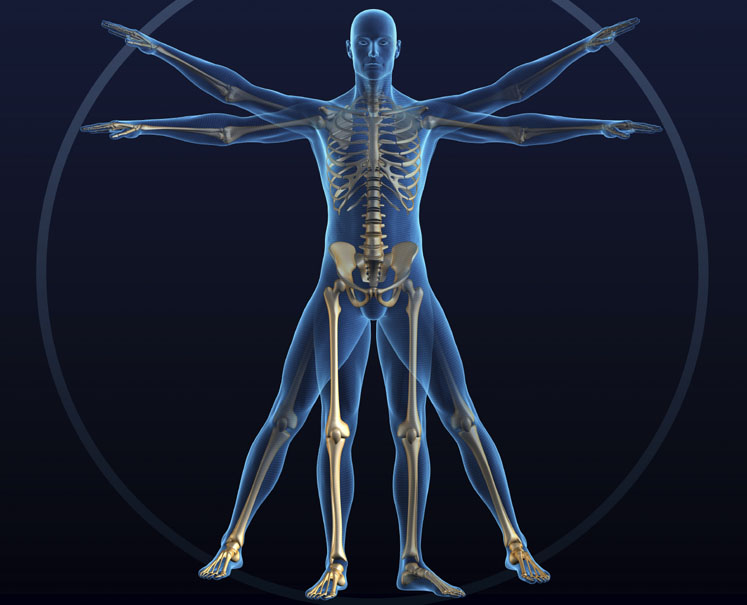Consumers recognise that, collectively, joint and bone health is something that directly influences quality of life and overall levels of mobility and wellness. Across the globe, joint and bone health problems are becoming more common.
Although these afflictions tend to be associated with a senior demographic, consumers of all ages are experiencing health problems such as wrist pains and neck pains. This can be attributed to modern lifestyles, with consumers spending a significant proportion of time in front of digital devices without taking breaks or maintaining the right posture.
As such, understanding the benefits of maintaining good joint and bone health, they are making changes to their diets to help address these issues. This is something that will drive demand for functional food and drink products that target this sector.
In recent years, much attention has been given to health concerns relating to the gut and mental well-being. Although it is important not to overlook these matters, it is also important not to underestimate the prevalence of other health problems, such as joint and bone health. Indeed, these issues are becoming more common because of contributing factors such as an ageing society and modern-day lifestyles.
FMCG Gurus research in 2019 showed that, across the globe, a total of 19% of consumers say that they are dissatisfied with their joint health, with a further 20% saying that they are unsure.
Meanwhile, a total of 6% said that they have become more conscious about their joint and bone health as a result of COVID-19. Whereas this figure was lower than other areas of health, such as immunity, it nevertheless shows that a relevant proportion of consumers are concerned about what influences such as lockdown are doing to their joint and bone health.
Consumers also appreciate that all aspects of health are interlinked, with 74% saying that they acknowledge the link between joint, bone and good overall health.
This can be linked to consumers recognizing that mobility is something that significantly influences quality of life. As such, 36% of consumers said in 2020 that they plan to improve their joint and bone health during the next 12 months (with a further 15% saying that they plan to improve their muscle health).

Joint and bone health problems are something that are commonly associated with a senior demographic. After all, problems such as osteoporosis are more primarily associated with senior citizens.
However, modern-day lifestyles mean that joint and bone health problems are common among society overall. FMCG Gurus research in 2019 shows that the two related symptoms most likely to be experienced by consumers are wrist pains (30%) and neck pains (29%).
These are symptoms more likely to be experienced than age-related health problems such as brittle bones (16%) and reduced dexterity in the hands (15%).
The tendency for consumers of all ages to be experiencing joint and bone health problems can be attributed to modern living, with consumers spending longer at work and taking fewer breaks … and spending too long in front of digital devices, without maintaining the right posture.
FMCG Gurus research conducted in 2019, for instance, found that 23% of consumers say that spend at least 35 hours a week in average in front of a PC or laptop.
In addition, 21% say that they spend at least this amount of time using their smartphones. When using digital devices, consumers are not taking proper breaks or engaging in exercise routines that minimise the risk of aches and pains.
For instance, only 33% of consumers say that they believe that they take the correct amount of breaks away from devices. This, combined with consumers sometimes not having the right posture when they sit down, is something that is increasing the risk of joint and bone health problems amongst consumers of all ages.
As consumers take a long-term and holistic approach to health, they will look to make changes to their diets and lifestyle to aid joint and bone health.
Currently, those consumers looking to improve this area of health say that they are looking to do so by improving their diets and exercising more (both 37%).
This shows that consumers appreciate that high levels of inactivity combined with poor dietary habits is something that is impacting on many areas of well-being.
In addition, 56% of consumers in 2020 said that they are interested in food and drink products that aid joint and bone health. This shows that consumers are interested in products that address this area of health, even when not experiencing symptoms, demonstrating how many are taking a long-term and proactive approach to health maintenance.
The reality is that, in the long-term, health problems such as wrist and neck problems will become more common — brought about by working methods and dependency on digital devices.
This means that there is an opportunity to grow the functional food and drink market around joint and bone health claims, targeting these products at society overall and not just senior citizens.
This article is based on the following FMCG Gurus surveys: Joint and Bone Health (2019), Country Profile (2020) and COVID-19 (2020).




